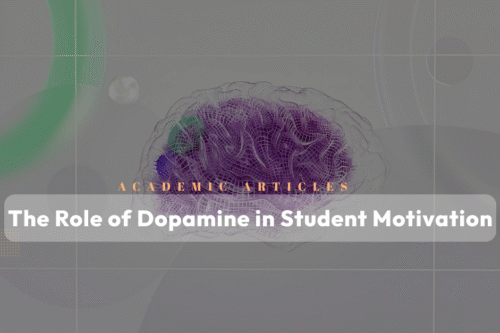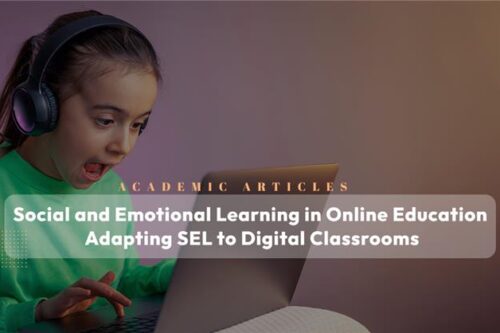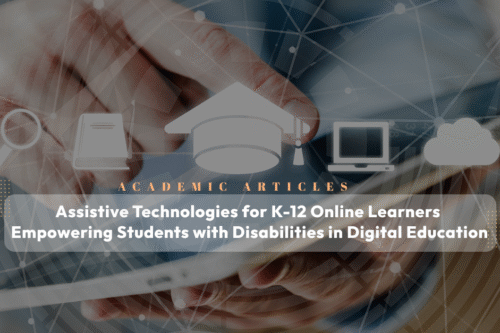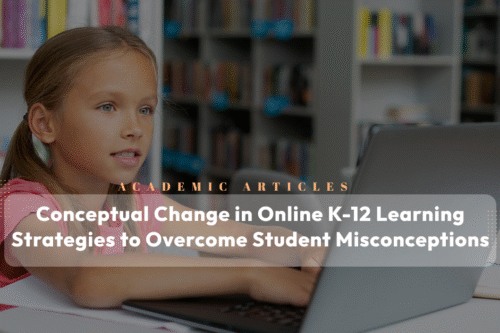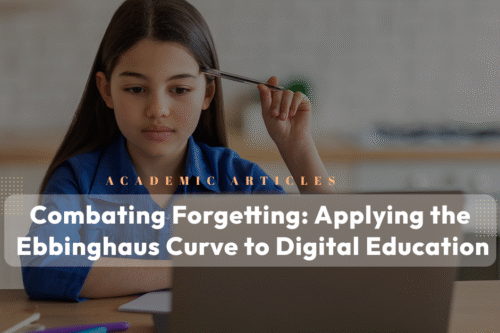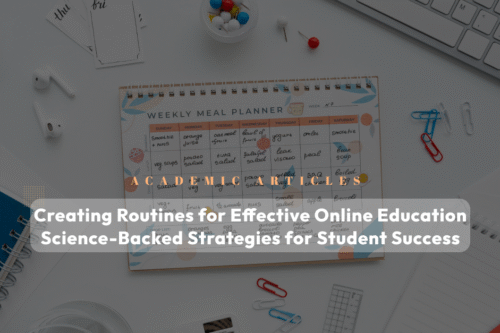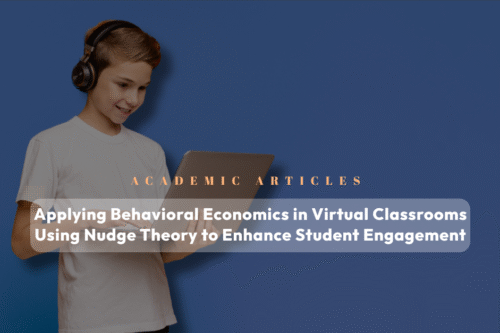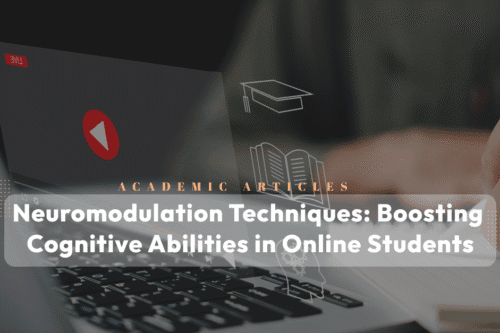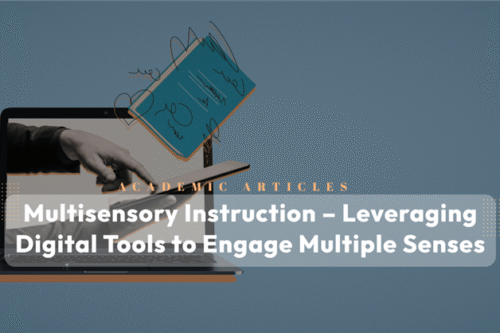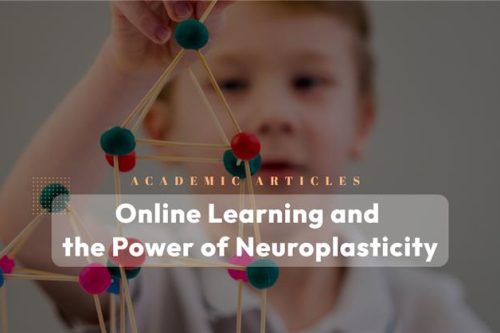The Role of Dopamine in Student Motivation
Dopamine, a neurotransmitter often called the brain’s “motivation chemical”, plays a crucial role in how students engage with learning. When students anticipate or receive rewards, dopamine levels rise, reinforcing behaviors that produce positive outcomes. This neurological mechanism is especially relevant in today’s online K‑12 classrooms that embed gamification into their design. Dopamine and Motivation: The … Read more
